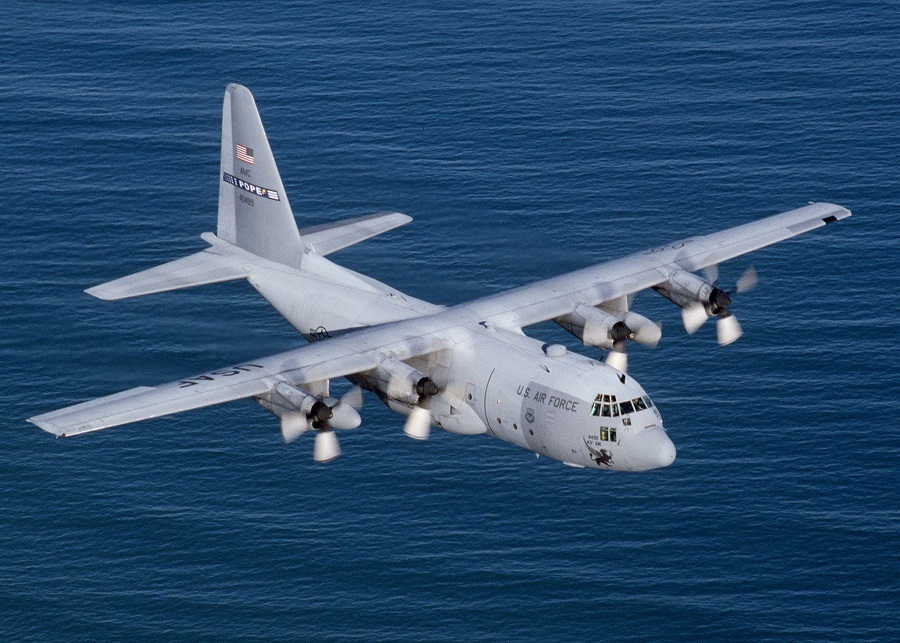
This post is also available in:
 עברית (Hebrew)
עברית (Hebrew)
The average age of a US Air Force aircraft is 28 years, and many planes are significantly older. Crews still fly the B-52 bomber, after all, with its average age of 56. The Air Force has been coping with growing aircraft maintenance challenges last year, caused by age.
Several incidents resulted in high-profile failures, such as the emergency landings of C-5 cargo aircraft, the grounding of the B-1 bomber fleet, and the loss of a C-130 propeller in mid-flight.
Will Roper, the USAF’s assistant secretary for acquisition, technology, and logistics, is trying to solve the problem with new tools of data mining. “We’ve brought in a lot of artificial intelligence experts to advise us on how to use A.I. to predict when planes are going to fail, and I believe we’re the first service to have A.I. operational on its flying fleet,” he says.
Late in 2018, the Air Force (with help from Delta) retrofitted its aging C-5 and B-1 fleets to perform predictive maintenance, according to popularmechanics.com. “It’s already doing amazing work, telling us things that we need to look at before they become critical,” Roper says. “The data is there but it’s not in a discoverable format that you can layer in machine learning on top of it. A lot of what we had to do was reverse engineering, so that that data can be exposed in an algorithm friendly way.”
He says there are more than 100 algorithms running on the C-5 systems, and more than 40 examining the B-1. Each algorithm parses the information generated by specific systems, like the landing gear, wheels, temperature sensors, and anything that is deemed mission-critical.
So far, the A.I. found three maintenance actions on the C-5 “that we wouldn’t have found through traditional processes, that affect 36 different aircraft,” Roper says. Maintainers also removed 17 parts that were showing subtle signs of wear well before those parts had issues.
In addition, Roper hopes that 3D-printed parts will return some balance to defense procurement. “The last 20 years military hasn’t made much of anything. We’ve had to rely completely on industry. But additive manufacturing machines put us back in the seat of being able to make our own parts, and we are. We’re making hundreds of parts today.”
Learn about the latest technologies at the Big Data for Security Conference and Exhibition on February 18, 2019.
Booth/sponsorship: [email protected]
+972-546742036 +972-747451370

























